Plant nutrients are a vital part of their life. These nutrients enable plants to grow, reproduce and fight against insect pests and microbes. If a plant lacks nutrients, it won’t be able to complete its life cycle. Seeds may not germinate and develop roots, stems, leaves, and flowers. Even the plants will not produce fruits and grains to create new plants.
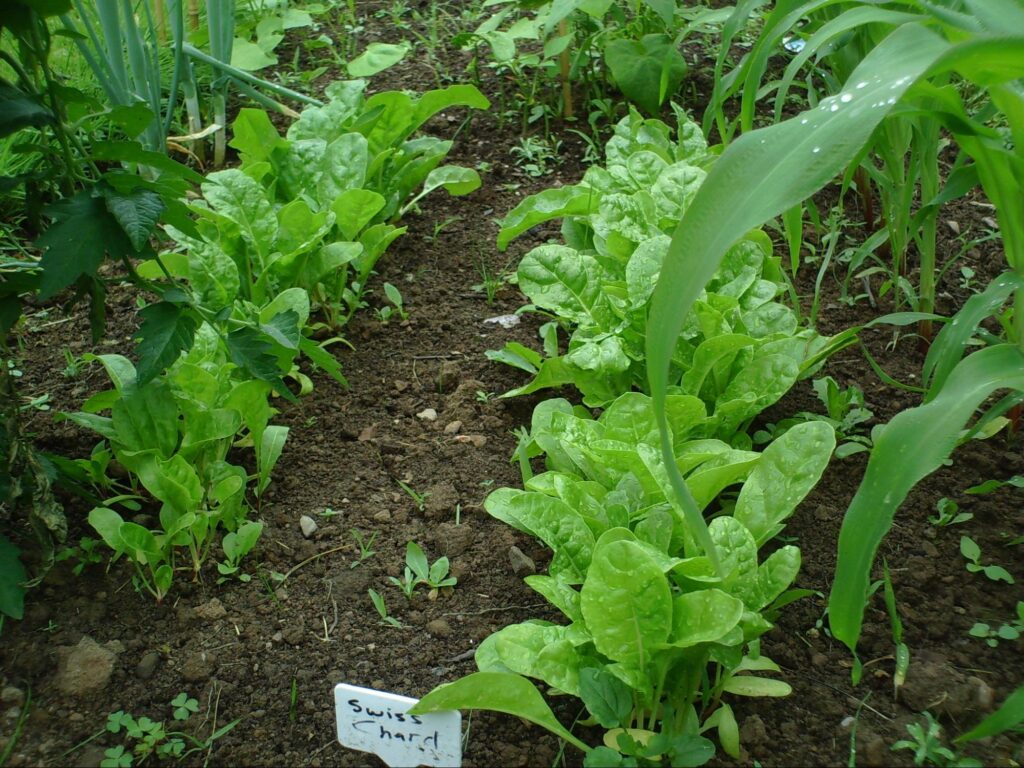
Healthy and lush green vegetable garden
These nutrients act as plant foods, and plants will die in the case of nutrient deficiency. However, too much presence or application of these essential plant nutrients can cause harm and kill plants. For example, too many nitrogen-feeding plants support vegetative growth with little or no fruit production. While the magnesium deficiency impacts the blooming and fruit production, too much magnesium can turn the leaves yellow. Similarly, too much boron can kill the plant.
This write-up will shed light on the importance of plant nutrients and how their deficiencies impact plant health, either indoor plants or vegetable gardens. In addition to this, by understanding the plant nutrient or food requirements, you’ll be able to save your plants and grow them healthier. This means plants need no more or fewer nutrients for stem, leaves, and root growth.
What Are Plant Nutrients?
Plant growth and development depend on nutrients uptake from soil (food media) or added as fertilizers (supplements). There are eighteen essential plant nutrients for nutrition that play a specific role in the plant’s life.

A healthy tomato plant with no signs or symptoms of nutrient deficiency
These nutrients are grouped into various types based on their requirements by plant and functions. The following are the different groups of nutrients;

Healthy red currant—representation of complete plant nutrition
Primary Nutrients Or Macronutrients
Primary nutrients play a critical role in physical plant structure. These are the nutrients that are required in more significant amounts, such as carbon (C), hydrogen (H), oxygen (O), nitrogen (N), phosphorus, and potassium (K). They are obtained from the air as carbon dioxide (CO2) and water (H2O).
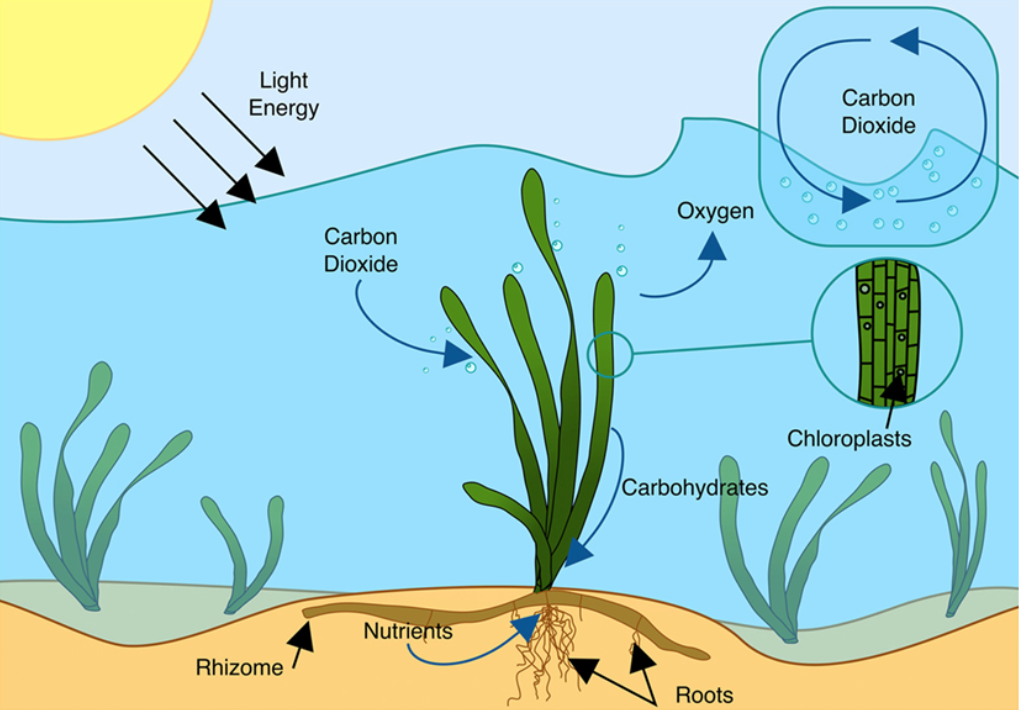
A nutrient cycle in plants indicating how plants take macronutrients from the atmosphere and complete the food-making process (photosynthesis
Carbon dioxide and water are the foundations of carbohydrates such as sugars and starch. The sugars and starch are the strengths of cell walls, leaves, stems, and energy sources for plants and the organisms that consume them.
Note: The soil does not provide these nutrients to plants and is not available as fertilizers.
RELATED: Epsom Salt for Plants: Is it Good for Your Garden & How to Use it?
Secondary Nutrients
The secondary nutrients are those required in moderate amounts. The lack or deficiency of these nutrients badly impacts plant growth and development. It includes calcium, magnesium, and sulfur.
Furthermore, secondary nutrients are essential for a plant’s standard functionality because they support plant metabolism, protein synthesis, and chlorophyll production.
Micronutrients Or Trace Nutrients
Micronutrients or trace elements are the nutrients that are required in small amounts other than macro and secondary ones. Micronutrients include boron, chlorine, copper, iron, manganese, zinc, and molybdenum.
Even micronutrient deficiencies also impact plant growth. For example, the image below is a lemon plant with zinc (Zn) and iron deficiency.

Lemon plant with Iron (Fe) and zinc (Zn) deficiency
A breakdown of essential nutrients divided into two groups;
- Soil-derived macronutrients
- Soil-derived micronutrients
| Soil-derived Macronutrients | Soil-derived Micronutrients |
| Nitrogen (N) | Chlorine (Cl) |
| Phosphorus (P) | Boron (B) |
| Sulfur (S) | Copper (Cu) |
| Potassium (K) | Iron (Fe) |
| Calcium (Ca) | Nickel (Ni) |
| Magnesium (Mg) | Zinc (Zn) and Molybdenum (Mo) |
RELATED: Vegetable Tomato Leaf Curl Virus: What Are the Causes & How to Fix Them?
What Are The Plant Nutrient Deficiency Symptoms?
Nitrogen

Nitrogen is one of the essential plant nutrients and significantly contributes to plant growth. Plants take up nitrogen from the soil in ammonium and nitrate. A dry plant wight up to 1.5 percent of nitrogen, while a legume plant contains 5.0 percent.
Nitrogen is the building block of all kinds of proteins that plants require to perform well throughout their life cycle. Nitrogen is a building block of all amino acids, which bind together to make proteins.
Furthermore, nitrogen is also a significant component of protoplasts and enzymes. It is one such essential nutrient that provides young seedlings disease resistance against fungal pathogens. This essential nutrient is mobile in plants and travels from older tissues to new tissues.
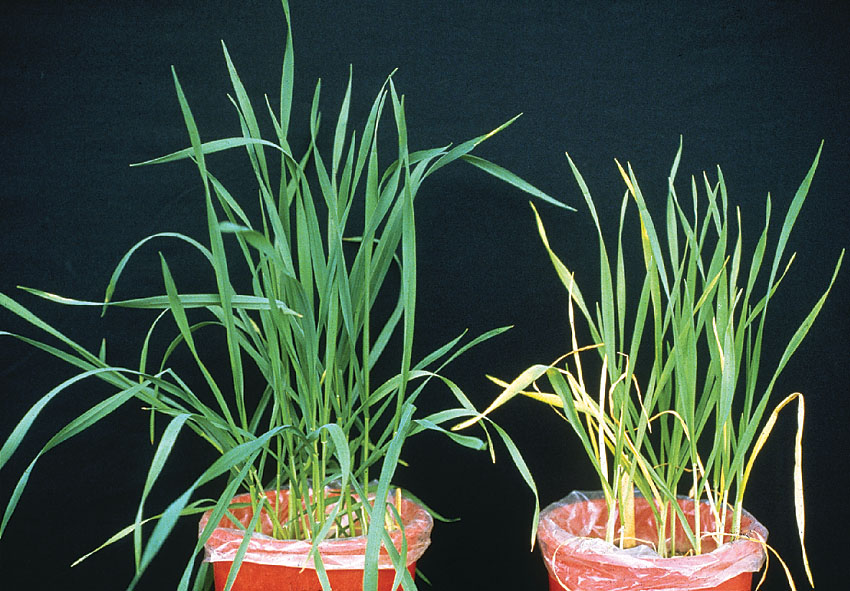
Wheat plant with nitrogen deficiency symptoms
If a plant lacks nitrogen, then the leaves of nitrogen-deficient plants will turn yellow (due to the breakdown of chlorophyll). In the case of continuous deficiency, the full foliage will change color from lush green to yellow, and the plant will lose its vigor in a harsh environment.
On the other hand, the excess nitrogen will cause overly dark green leaves and vegetative growth. Due to this, the plant will not be able to hold itself upright and lodge towards the ground.
The visible nitrogen deficiency symptoms in plants are;
- Reduced or stunted growth due to lower plant proteins
- The chlorotic appearance of plant foliage due to less or no chlorophyll molecule
Note: A plant can not absorb atmospheric nitrogen because it is available in free gaseous form in the environment.
Phosphorus
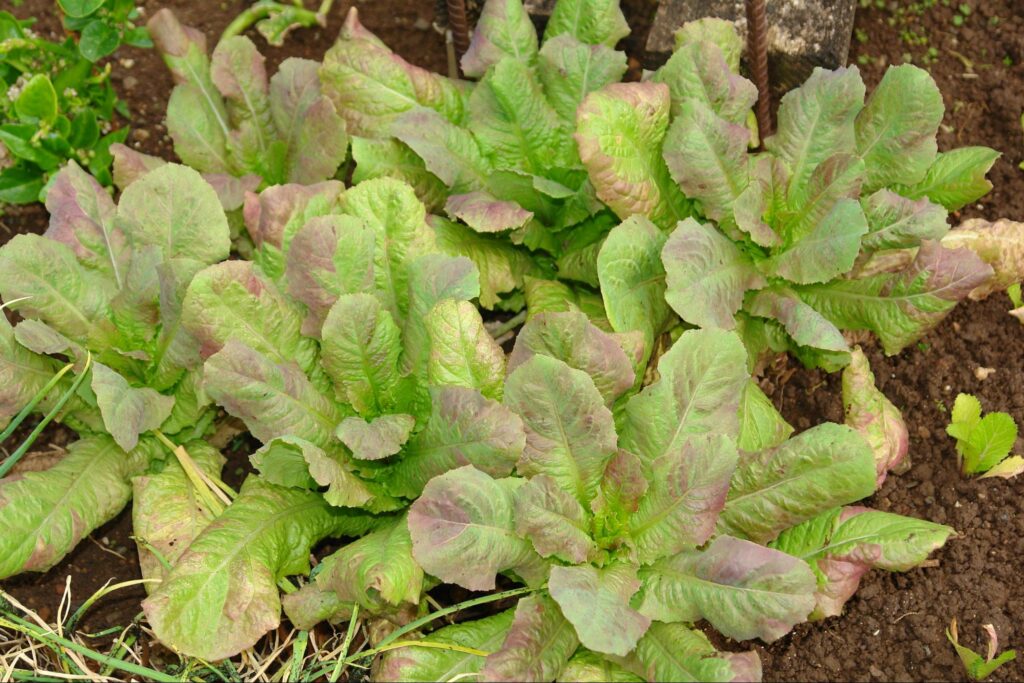
Purple leaves are a characteristic symptom of phosphorus deficiency
Phosphorus is another essential macronutrient that plays a significant role in metabolism. It is a constant energy source in plants because phosphorus is a substantial component of the ATP system (energy currency in plants and animals). Also, it is a significant component of DNA (deoxyribonucleic acid) and RNA (ribonucleic acid).
Phosphorus is also involved in the integrity and functionality of cell membranes. Phosphorus deficiency’s prominent signs and symptoms are weaker plant and root growth, reduced fruit yield, a premature drop of fruits, and delayed maturity. The early phosphorus deficiency symptoms develop purple and reddish discolorations on leaves.
At the same time, the excess phosphorus in plants triggers zinc deficiency through biochemical reactions in the soil. Therefore, adequate phosphorus amounts are necessary for plant health and keep the energy metabolism going.
Note: Like other nutrients, phosphorus is immobile in the ground and mobile in plants which means it can transfer from older plant tissues to new ones.
Potassium
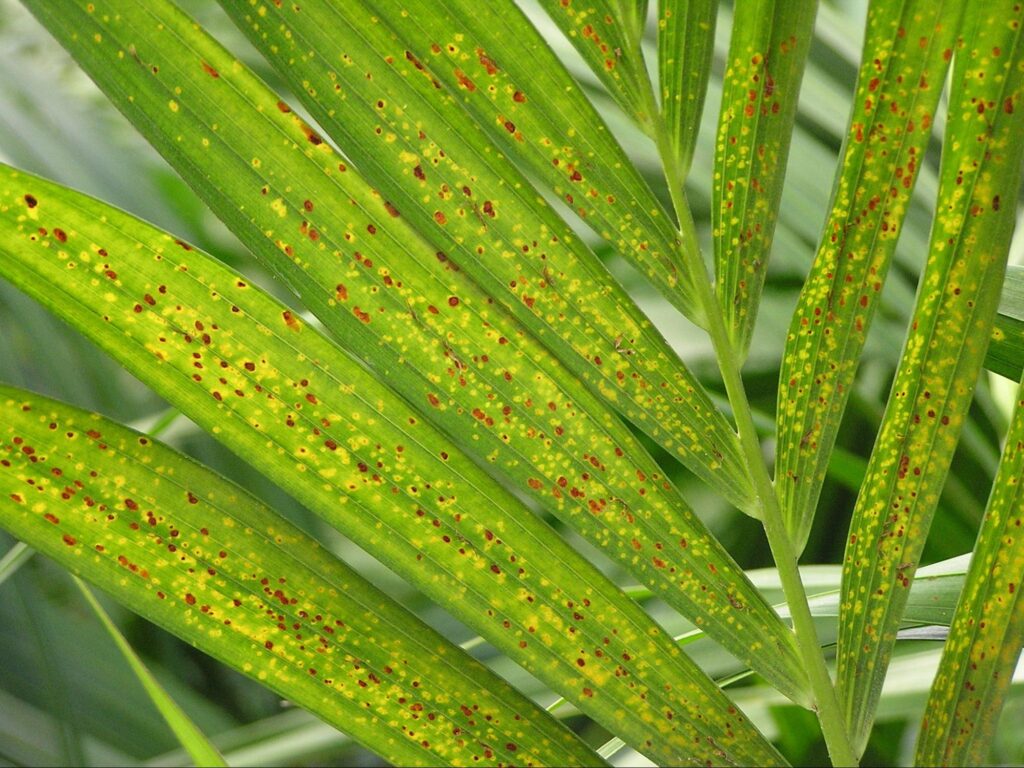
Potassium deficiency in a plant—the visible symptoms are lesions and discolorations
Potassium is the third most important and supplemented macronutrient in plants. Similar to phosphorus, it has crucial functions in the metabolism of plants. Potassium regulates water loss and helps the plant cope with stress such as drought and heat.
The potassium deficient plants show reductions in yield and poor plant growth. At the same time, the other symptoms include interveinal yellowing, crinkling, and rolling of leaves.
On the other hand, the excess potassium disturbs magnesium uptake due to chemical reactions.
Note: Potassium is mobile in plants and can transfer from old tissues to new ones and immobile in soil.
Sulfur
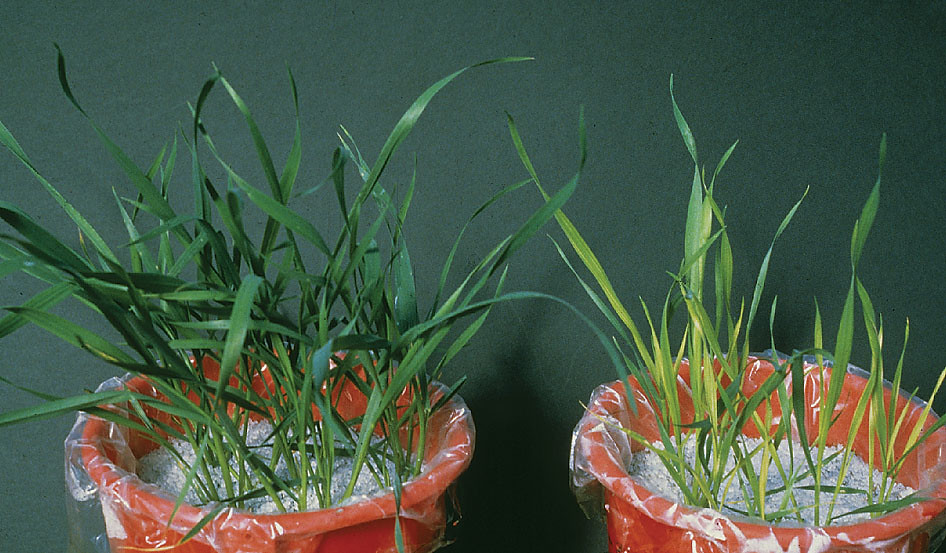
Sulfur deficiency in wheat plants
In the image above, the plant on the right side shows pale leaves and depressed growth, particularly the new leaves have more chlorotic margins. In contrast, the left plant is in excellent health.
Just like other nutrients, sulfur also holds great importance in plant life. It is a significant component of amino acids that links together to form proteins.
Moreover, sulfur is also a component of enzymes and protoplasts. The sulfur deficiency in plants appears as yellow, chlorotic leaves with depressed plant growth. Like other nutrients (nitrogen, potassium, and phosphorus), the source of sulfur is organic matter. It becomes available to plants when organic matter decomposes.
Calcium
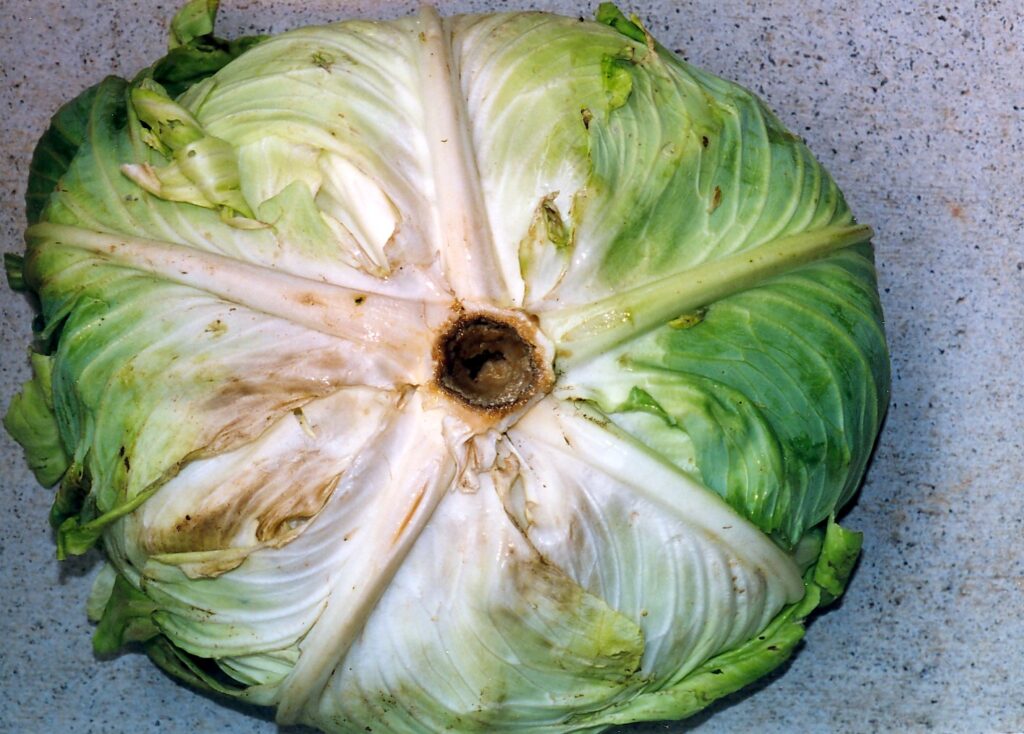
Calcium deficiency causes heart rot in cabbage (a member of the Brassica family)
Calcium is a vital part of cell division, cell elongation, and cell structure. It is applied as lime to avoid calcium deficiency in the soil and fulfill plants’ needs. The calcium deficiency symptoms include browning leaf tips because it is not mobile in plants.
If a soil pH is high (very acid soils), it is also supplemented as calcium nitrate and calcium sulfate or superphosphate.
Magnesium
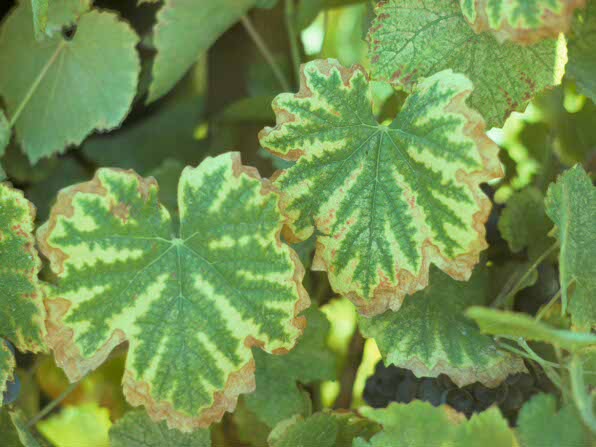
Magnesium deficiency symptoms on a grape leaf
Magnesium is necessary for chlorophyll molecule production and nitrogen metabolism (making of plant proteins). The magnesium deficiency symptoms include interveinal chlorosis of the older leaves and the yellow-green appearance of new leaves.
Therefore, it is wiser to maintain the balance among the soil’s calcium, magnesium, and potassium levels. That’s why these nutrients will be available to plants. Otherwise, the higher potassium level in soil reduces magnesium uptake by plants.
Therefore, magnesium is applied in late fall as dolomitic or high magnesium limestone in the ground, and it becomes available in early spring.
RELATED: Giving Your Plants a New Home: How to Repot Your Plants
Boron—Soil derived Micronutrient
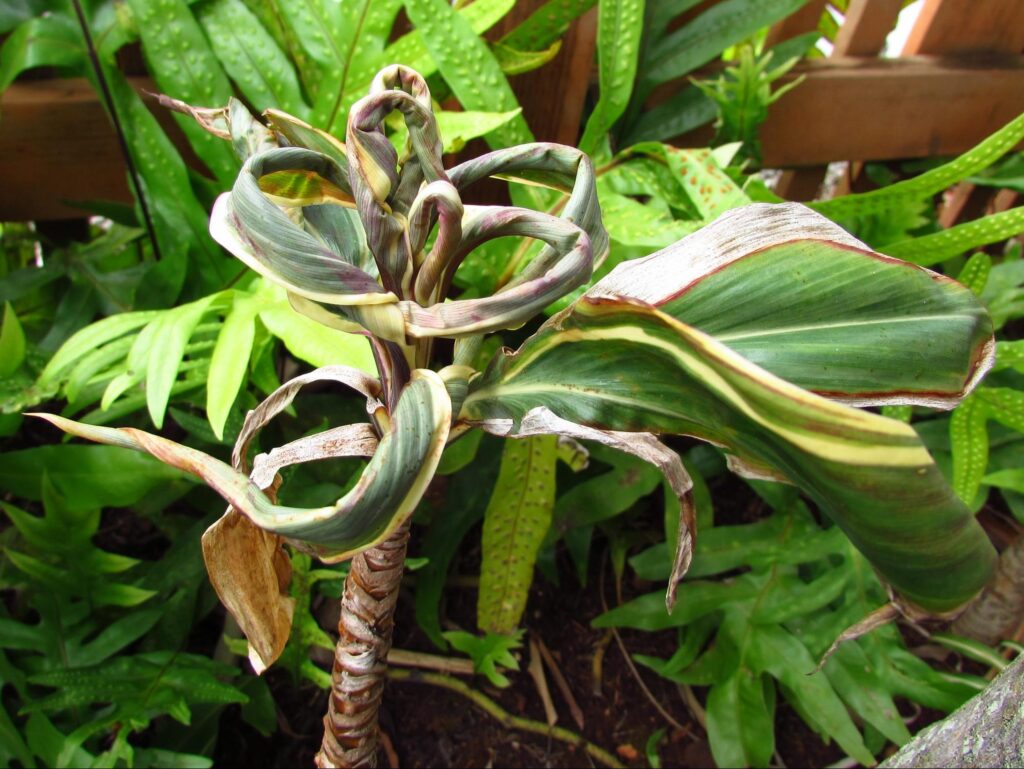
Boron deficiency in plants leads to deformed leaves
Boron is necessary for translocating sugars and crucial for cell development. It also regulates the plant developmental processes. However, it is not mobile in plants, and boron deficiency symptoms involve the deformation of tips.
The excess boron affects the calcium and copper uptake. Due to overirrigation and high precipitation are easily leached down to the soil, particularly in sandy soils.
Iron—Soil-derived Micronutrients
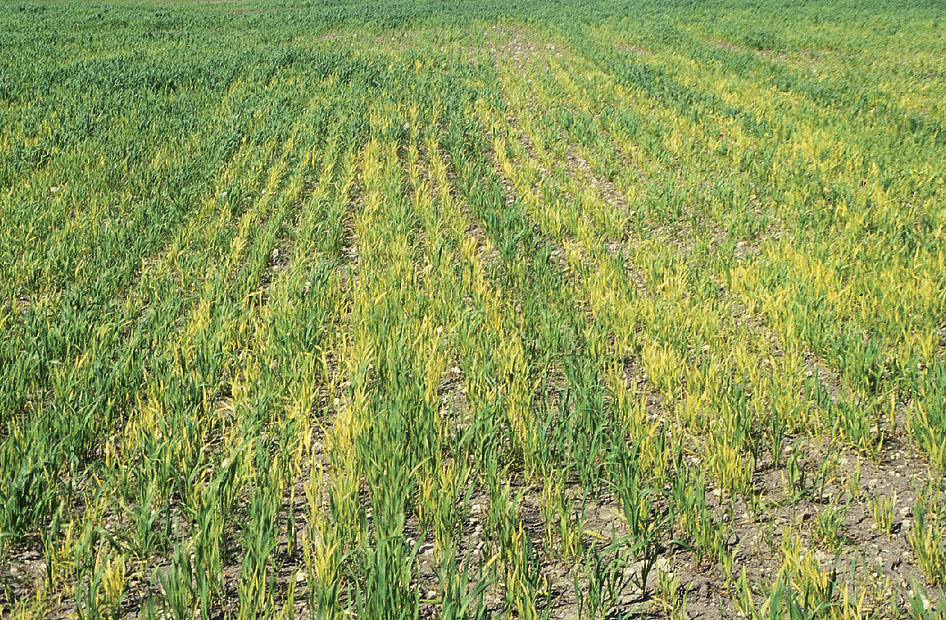
A close-up of iron deficiency symptoms in wheat crop
Iron is an essential component of chlorophyll synthesis, metabolism processes, and enzyme activation. At the same time, the iron deficiency in plants appears as interveinal chlorotic symptoms of young leaves.
In severe cases (entirely unavailable for plants), it leads to the death of the entire plant.
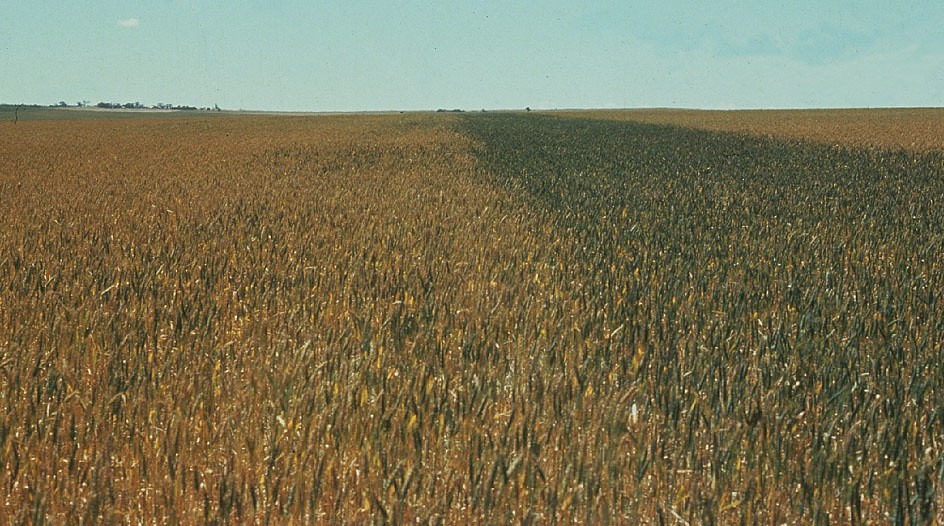
Copper deficiency symptoms in wheat plants—complete discoloration of leaves due to overproduction of melanin
FAQs
What Are the 17 Essential Plant Nutrients?
The seventeen essential plant nutrients are carbon (C), hydrogen (H), oxygen (O), nitrogen (N), phosphorus (P), potassium (K), sulfur (S), magnesium (Mg), copper (Cu), boron (B), iron (Fe), molybdenum (Mo), zinc (Zn), chlorine (Cl), manganese (Mn), nickel (Ni), and calcium (Ca).
Without these nutrients, most plants will not survive and recover from injuries because they play a crucial role in their life cycle.
What Are the Three Major Plant Nutrients?
The three major plant nutrients are nitrogen, phosphorus, and potassium. These three nutrients (NPK) belong to the soil-derived macronutrients group. NPK carries out the following process;
- The building block of amino acids and proteins
- The main component of DNA and RNA
- A constant source of energy during metabolic activities
- Regulates the cell development, cell structure, and cell division
- Assist plant foliage in photosynthesis
- Improves blooming and fruit production
What Nutrient in the Soil is Necessary for Photosynthesis?
Magnesium is the major component of photosynthesis. It involves the production of chlorophyll (responsible for the green color of leaves) which is the food-making process. In soil, it is present in the form of magnesium sulfate, and deficiency of this nutrient leads to no chlorophyll development in the plants.
How Can I Make My Plants Stronger?
The best way to make your plants stronger is to provide them with adequate nutrition. Adequate nutrition involves the supply of balanced amounts of nitrogen, phosphorus, potassium, carbon, hydrogen, oxygen, magnesium, and sulfur.
Plants uptake these nutrients through their roots. There are two types of microorganisms living in the soil that help the roots take up the nutrients.
- Soil microorganisms break down the organic matter into the inorganic matter in a mineralization procedure.
- Soil fungal organisms help plant roots absorb more phosphorus by increasing the size of roots.
The most common symptoms of the nutrient unavailability of these nutrients in plants are;
- Stunted plant growth
- Yellowing and browning of leaf tips
- Interveinal chlorotic symptoms
- Deformed leaves with little to no fruit production
What Nutrient is Needed for Root Growth?
Phosphorus and potassium are the two main components of plant root growth. These two elements encourage the plant roots to grow new and denser roots. So, the aboveground part gets more anchorage and nutrients for development.
Phosphorus regulates energy metabolism through energy currency or ATP packets. At the same time, potassium regulates cell division, cell elongation, and cell structure.
In this way, these nutrients support each other and benefit plants in healthy root growth. If a plant lacks these essential nutrients in the soil, it will not be able to grow a few inches due to a weaker root system and poor energy metabolism.
Sources for Further Reading
- Alabama Cooperative Extension System. (2022, March 7). Essential Plant Nutrients. Retrieved May 9, 2022, from https://www.aces.edu/blog/topics/healthy-soils/essential-plant-elements/
- Nutrient Management. (n.d.). Cornell University. Retrieved May 9, 2022, from https://nrcca.cals.cornell.edu/soilFertilityCA/CA1/CA1_print.html
- Plant Nutrients—major & minor. (2021, July 20). Center for Agriculture, Food, and the Environment. Retrieved May 9, 2022, from https://ag.umass.edu/fruit/ne-small-fruit–management-guide/general-information/plant-nutrients-major-minor
- Texas A&M AgriLife Extension Service. (2019, March 4). Essential Nutrients for Plants – How do nutrients affect plant growth? Retrieved May 9, 2022, from https://agrilifeextension.tamu.edu/library/gardening/essential-nutrients-for-plants/
Do you have other tips or other information about plant nutrients? Comment below. Also, make sure to check out other articles:
14 Ways To Prolong The Lifespan Of Your Roses
Why Is My Succulent Dying? The Ultimate Guide To Saving A Succulent







